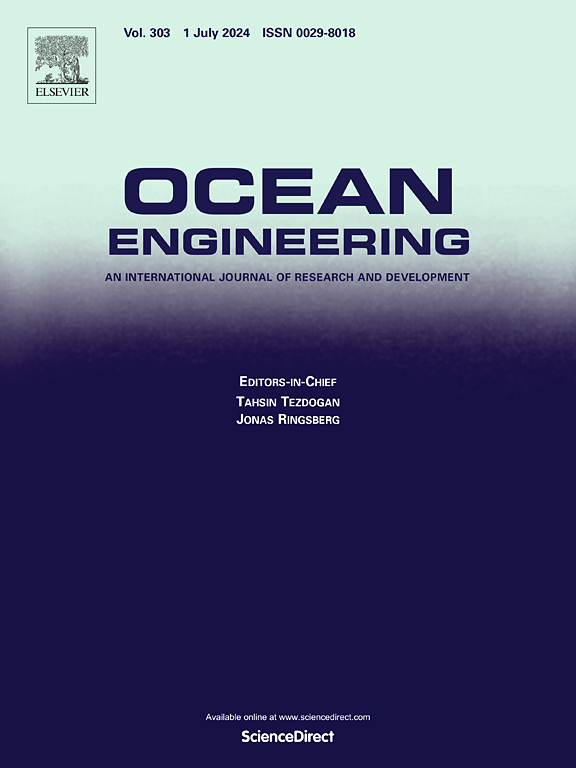Dynamic damage functions for scour protection at monopile foundations: Application of ensemble machine learning models
IF 4.6
2区 工程技术
Q1 ENGINEERING, CIVIL
引用次数: 0
Abstract
This study addresses the critical issue of scour, which represents a significant safety threat to marine and offshore structures. The use of smaller stone sizes in scour protections has given rise to concerns pertaining to the potential for damage, thereby emphasizing the imperative for the formulation of explicit criteria to define damage. In order to reduce the uncertainty associated with empirical equations, this research proposes the use of Machine Learning (ML) models to enhance the accuracy of the results. The ML models were developed from the analysis of experimental models concerning dynamic scour protections. A total of 160 scour tests from the existing literature were subjected to analysis in order to quantify the damage levels in protected monopile foundations. Five ML algorithms were employed to quantify the damage: Random Forest (RF), Support Vector Machine (SVM), Extreme Gradient Boosting (XGBoost), Adaptive Boosting (AdaBoost), and Categorical Boosting (CatBoost). In the training and testing phases, the XGBoost, CatBoost, and AdaBoost models exhibited superior accuracy in predicting damage, with the RF models exhibiting a worse performance. The results provide substantial evidence of the potential of ML techniques to damage levels at scour protections. Furthermore, the promising performance of visual assessment of scour damage at monopile foundations was observed across different wave number ranges (N = 3000–5000).
求助全文
约1分钟内获得全文
求助全文
来源期刊

Ocean Engineering
工程技术-工程:大洋
CiteScore
7.30
自引率
34.00%
发文量
2379
审稿时长
8.1 months
期刊介绍:
Ocean Engineering provides a medium for the publication of original research and development work in the field of ocean engineering. Ocean Engineering seeks papers in the following topics.
 求助内容:
求助内容: 应助结果提醒方式:
应助结果提醒方式:


